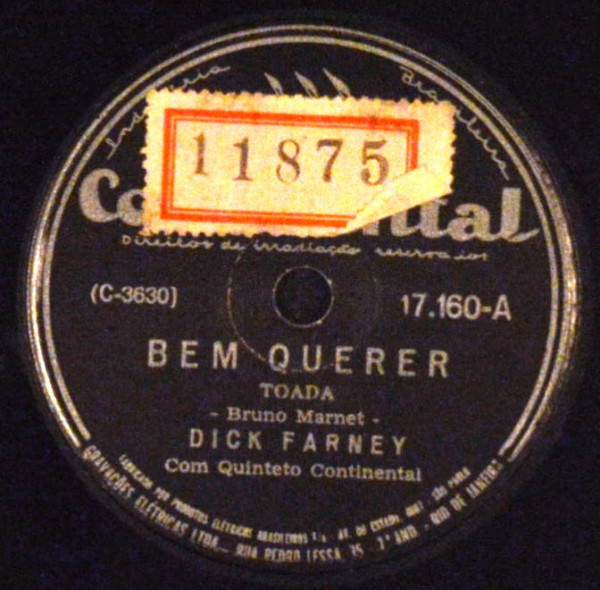

(His Paramount 78s are not for resale.) He said he receives about a hundred calls a day, most yielding inconsequential results.

Tefteller lives in rural Oregon but spends much of the year traversing the country for fresh stock, placing “Records Wanted” advertisements in antiques catalogs and The Farmer’s Almanac. “This makes him completely insane, which alone would make me like him even if he weren’t such a nice guy,” Mr. Tefteller pursues complete runs of every Paramount blues artist he considers important. Because these 78s are so scarce of the thousands presumably pressed, many were lost, broken or melted down, and of the 1,356 titles said to have been issued in the 12000-13000 series, roughly one-third or more are of other genres his collection (500 to 600, he said) is staggering in its comprehension. Tefteller, 50, is one of the world’s most prolific collectors of Paramount blues. “And they sure as hell would kill your mother, and you.” “There are some people who would kill their own mother for the only copy of a Son House record,” Mr. Paramount’s blues releases especially its “race” records with label numbers in the 12000s and 13000s are among the most coveted records in the world. became an unlikely home for blues legends like Patton, Blind Blake, Blind Lemon Jefferson, Son House and Skip James. A furniture company in a largely white Midwestern suburb is rarely evoked in these reveries, but in the late 1920s and early 1930s Paramount Records an arm of the Wisconsin Chair Company, a manufacturer of wooden phonograph cabinets in Port Washington, Wis. Berresford wrote in an e-mail message.īlues music is in part mythological its legend involves sweltering juke joints, homemade whiskey and Faustian bargains at rural crossroads.
#OLD 76 RPM VINYL RECORDS VALUE PROFESSIONAL#
“If one is considering collecting rare 78s solely as an investment, one should seek professional advice as to what should be purchased and from whom,” Mr. Others, like Mark Berresford, who edits VJM’s Jazz & Blues Mart, the oldest blues and jazz magazine still in print, are more cautious about looking to rare records for financial stability. He noted a particular spike last fall, when the economy first faltered. “Prices have been rising at a phenomenal rate, as people take money out of the stock market and out of different real estate investments and look for a place to put it,” said John Tefteller, a collector who makes his living dealing in rare records. (A rarer Patton record could command $15,000 to $20,000.)īut according to some, the rare-record business is booming, despite the recession and the devaluation of music as a physical product. At a time when music fans expect songs to be delivered instantaneously (and often at zero cost) online, scouring the globe for a rare record and paying thousands of dollars for it might seem ludicrous.

Heneghan, 41, is part of a small but fervent community of record collectors who for decades have hunted, compulsively and competitively, for 78s: the extraordinarily fragile 10-inch discs, introduced near the turn of the 20th century and made predominantly of shellac, that contain one two- to three-minute performance per side.

The coarse, crackling voice of the blues singer Charley Patton, performing “High Water Everywhere Part 1,” his startling account of the 1927 Mississippi River flood, rose from the speakers, raw and unruly. Behind him, in the corner of his East Village apartment, sat 16 wooden crates, each filled with meticulously cataloged 78-r.p.m. JOHN HENEGHAN tugged a large shellac disc from its brown paper sleeve, placed it on a turntable and gently nudged a needle into place.


 0 kommentar(er)
0 kommentar(er)
